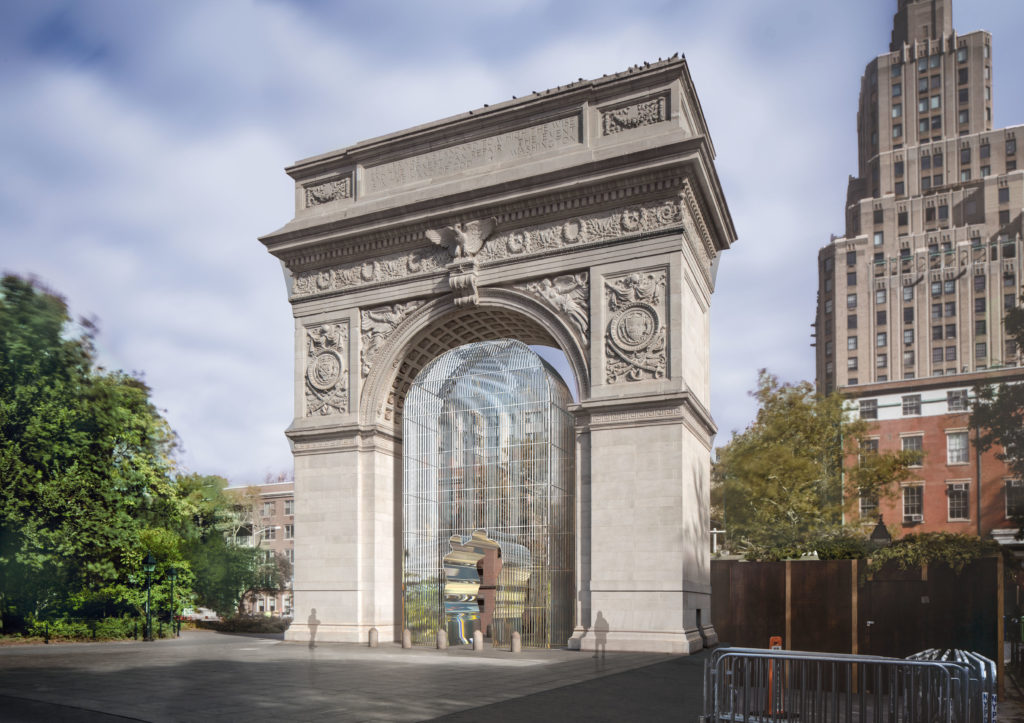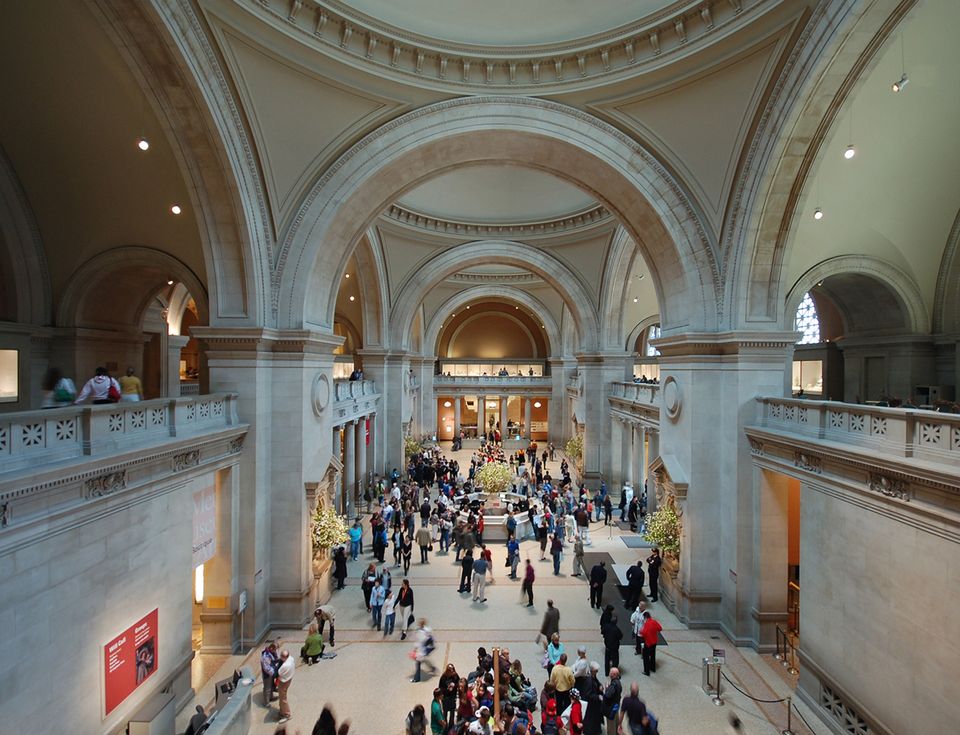Arts in the News: How Houston Museums Prepped for Harvey, MoviePass Membership, and more…
How Houston Museums Prepped for Harvey
In preparation for Tropical Storm Harvey, Houston museums faced a daunting task: protecting artworks and exhibits from a Category 4 hurricane and the devastating flooding it would bring. Museums prepared in a variety of ways: The Contemporary Arts Museum Houston (CAMH) used water barriers and sandbags; staff also de-installed all exhibits on the ground floor. The Museum of Fine Arts underwent similar protocol, also using emergency water pumps, floodgate activation, and a 24/7 emergency team on site to monitor the building throughout the course of the storm. The Galveston Arts Center (GAC), housed in a building originally designed as a bank in 1886, is using its three bank vaults for storage. Many of the Houston museums have faced flooding before: in 2008, Hurricane Ike brought 13 feet of rain to the streets and destroyed the GAC’s bottom floor (and the exhibition it was housing). In 2001, Tropical Storm Allison left three feet of water in the CAMH’s lower level. Luckily, many of the museums have reported low or minimal damage in Harvey’s wake. Curious how other museums prepared for the storm? Read more HERE.
MoviePass Membership Prices Spark Excitement & Frustration
Moviegoers have reason to celebrate: MoviePass, which offers access to unlimited movie tickets for a set subscription price, dropped its fee to just $9.95 per month. Members can now see as many movies as they’d like, 365 days a year, for just ten dollars every month. But who’s not celebrating? AMC Theaters, the U.S.’s largest cinema chain. AMC is reportedly looking for ways to block MoviePass subscribers from using the app to buy tickets at its theaters. In a statement, the cinema chain called MoviePass “a small fringe player” whose service is “not welcome here.” After MoviePass dropped its prices in mid-August, more than 150,000 new users signed up in just two days (in some cities, the monthly price dropped as much as $40). AMC reported that the average nationwide price for a movie ticket at one of its theaters was $9.33 in the most recent quarter. If a MoviePass customer saw a movie each day, they would be paying just 32 cents per film. It’s easy to see why movie fans everywhere are pretty excited about the new pricing!
Artists Bypassing Dealers and Connecting with Sellers
Many artists are not dodging dealers and taking their works straight to buyers and collectors. In 2008, Damien Hirst took a complete exhibition of his work straight to Sotheby’s in an unprecendented sale that brought in about $200 million. Though Hirst was able to make a successful sale due to his previous commercial success, now lesser-known, emerging artists are following in his footsteps, bypassing dealers in hopes of a greater share of earnings and quicker turnaround. Many artists, like British sculptor Andy Holden, find that selling direct-to-consumer can help when money is tight and resources limited. Self-organized sales can become like its own performance art, as artists like Holden put up displays on sidewalks and other public places. Artists Brad Troemel and Joshua Citarella explained that they wanted to avoid the investment of creating a work before they’ve found a buyer. Other artists turn to websites like Etsy in hopes of reaching buyers. Many dealers are re-examining their own positioning within the art world: London-based art dealer Marine Tanguy broke from the gallery model after she found herself looking at art “like a used-car salesman, a sure sign she needed to try a new approach.” She explains: “I think more artists need to diversity their revenue stream nowadays if we want a more responsive model that reflects market realities.” It will be interesting to see how the art world evolves as artists continue to change the ways they reach buyers and collectors!
Art Forger Ordered to Pay Only £1
Richard Pearson, a con artist who made more than £30,000 selling artworks he claimed were by “pitman painter” Norman Cornish, has been ordered to repay merely £1. Pearson, 56, was jailed at the beginning of 2017 for selling 14 faked drawings and pictures to a gallery in Northumberland; he had admitted to fraud and forgery charges, being sentenced to three years and seven months. Pearson was initially caught when a restorer noticed that one of the canvases of one of the supposedly-Norman-Cornish paintings was too new. Pearson was ultimately ordered to pay such a low sum because, after investigation, prosecutors discovered he had virtually no assets (any future assets he comes into will be confiscated). Painter Norman Cornish was a former miner who died in August 2014, known for his paintings of industrial life in the northeast of Britain. Cornish’s son-in-law read a statement at Pearson’s trial saying that his sentence should serve as a warner to other fraudsters. Northumbria and Newcastle universities are developing a profile of all materials Cornish used in order to allow for authenticity tests in the future. Thankfully Pearson was caught; hopefully profiles like those being developed for Cornish will help to ensure forgeries cannot circulate in the art world and work to ensure confidence in the art market!

